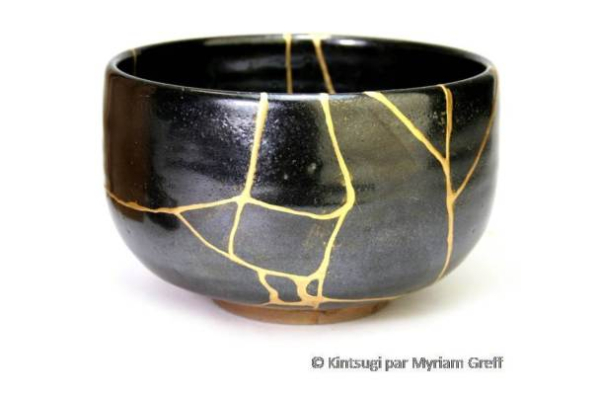Thursday was Yom Kippur, the Day of Atonement and one of the High Holy Days in the Jewish religion.
As part of the holiday, participants read a list of sins (available here), apologize for those committed, and ask for forgiveness. Read the list ... much has changed, apparently, human nature hasn't.
Even if you have managed to stay on the right side of the Ten Commandments and haven’t killed or stolen … you have most likely been frivolous, stubborn, hurtful, dismissive, or judgmental (I know I have …).
To help mark the importance of the day, participants read a poem called the Unetaneh Tokef. Below is a brief excerpt that captures the spirit.
Who will rest and who will wander, who will live in harmony and who will be harried, who will enjoy tranquillity and who will suffer, who will be impoverished and who will be enriched, who will be degraded and who will be exalted.
On one hand, you can read that and pray for Divine intervention (or perhaps favor) or you can recognize that we each have a choice about who we want to be, how we show up, and what we make things mean. Your choices about these things have very real power to create the experience and environment you will live in during the next year.
This year, the sermon at my local synagogue added an interesting idea. It discussed the Japanese art of Kintsugi. In Kintsugi, the Japanese mend broken pottery by gilding the fractures with gold, silver, or platinum. This treats the breaks and damage as an element that adds value and enhances the beauty of an object (preserving a part of its history) - rather than something that simply diminishes the object.

This concept is a great reminder as we unpack the "trauma" of COVID-19 and 2020 and move on both as individuals and as a society. Our steps backward are just as much a part of our journey as our steps forward. As you heal, it is also important to remember to heal the world around you as well. In the Jewish faith, that concept is called Tikkun Olam.
One of the themes of Yom Kippur is that you're only ever one good deed from tipping the scale towards good for yourself and others. As you recognize and repent for your sins, it's important to appreciate the good you did (and do) as well.
100 Days Left
There are just over 100 days before the start of 2022. Many will spend those 100 days stressing about the upcoming elections, grumbling about how 2020 sucked, and pretending it's the universe's fault they didn't accomplish what they set their mind to ... yet, 100 days is enough time to sprint, to make a change, and to end the year on a high note.
There is plenty of time to make this your best year yet. What can you do? What will you do?
I hope you all experience growth in your mental state, your relationships, and your businesses.
Best wishes for a great day, and an even better year!
The Data on Wealth Distribution in the US
Talking about wealth distribution can lead to contentious discussions.
The fact that one group has "more" of something literally means it is not equal to what someone else has ... but does it imply that it isn't fair or just? The arguments get nuanced fast.
Even how you look at the statistics can be confusing. You can focus on which group has what percentage of the pie. Or you could focus on which groups are gaining or losing based on the share they used to have of the pie. With that said, remember that the pie can grow or shrink, and the percentage of a population in a demographic can change as well. What you choose to focus on, and what you decide it means, impacts your stance on the meritocracy or unfairness of what is happening (and what we should do about what is happening).
So, while many people point to the increasing wealth of the 1%, it's worth discussing whether this represents inequality or simply the asymmetric distribution of wealth.
via visualcapitalist
Today, the top 1% of the U.S. owns about 31.2% of the total wealth. That's up from 28.6% in 2010.
However, the total wealth pool has increased from $60 trillion to $112 trillion in that same period.
In other words, each demographic has seen an increase in wealth over the past ten years. A larger percentage of the pie has gone to the 1%, but each demographic has benefitted and our collective economic pie has grown.
So, what drives the asymmetric distribution of wealth?
There are multiple factors, but to name just a few:
Are things better? Are things good enough? Do we have to do something? If so, what?
Is this a red herring to distract us from other issues?
I'm curious to hear what you think about this issue.
Posted at 10:57 PM in Business, Current Affairs, Ideas, Market Commentary, Science, Trading, Trading Tools | Permalink | Comments (0)
Reblog (0)